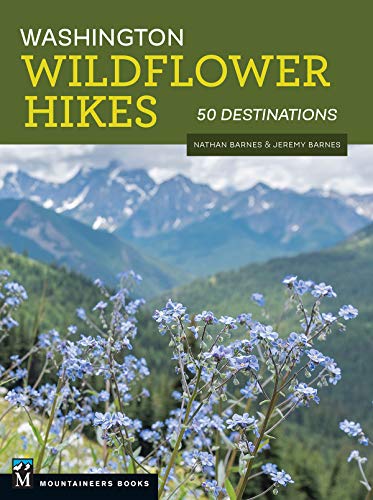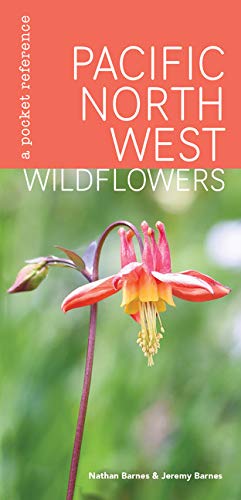Fuller Mountain
This short hike wanders through the sprawling Snoqualmie Forest up to views that include nearby Mt. Si.
Total Distance: 3.5 miles
Total Ascent: 900ft
Highest Point: 1840ft
Total Ascent: 900ft
Highest Point: 1840ft
To get there, take I-90 to North Bend, Exit 31. Head into town on Bendigo Boulevard to North Bend Way and take a right. After a few blocks take a left on Ballarat Ave and follow it as it becomes North Fork Snoqualmie Road and winds through fields and Christmas tree farms. Eventually the road splits into a Y – veer uphill and drive on the gravel for a few miles until you reach an intersection. A few hundred feet to the left is Spur Gate 10. Once there, find an unobtrusive place to park, and do not drive past the gates if they happen to be open unless you have a Recreation Access Permit. Walk past Spur Gate 10 and across the Mainline Truck Road to find the trail. View Google Directions >>
The trail begins at Spur Gate 10, narrowly winding through uniformly planted Douglas fir to Ten Creek. After crossing the creek and continuing on the trail for a few minutes, you will eventually find yourself dumped onto a logging road. At this point many hikers are understandably confused. Head to the left and follow the road for a minute or two to the first intersection with a spur road. Take this road uphill for a few hundred yards to pick the trail back up again. The small path isn’t immediately obvious so keep an eye out for it on the left.
From here the trail traverses rocky fields and winds through a sparse forest of alder awash in sword fern. Through the trees you’ll catch increasingly better glimpses of Klaus Lake as you get closer to the summit. The highest point of Fuller Mountain does not have any view, so be sure to continue on to southeast to a rocky outcropping that overlooks much of the Snoqualmie Forest and gives a nice view of Mt. Si’s Moon Wall.
Expect to have this trail largely to yourself; the combination of a somewhat confusing route and being located within a working forest probably keeps hikers on more familiar trails in other locations. The quiet solitude does have a price – the lack of foot traffic means this trail is barely scratched into the side of the mountain and can be a little tough to navigate. Soil is loose and rocky and there are a few trees that need to be crawled over or around. Despite a few obstacles, Fuller Mountain was a peaceful alternative to the crowds of Tiger or Si, and the view at the top was well worth the climb.
From here the trail traverses rocky fields and winds through a sparse forest of alder awash in sword fern. Through the trees you’ll catch increasingly better glimpses of Klaus Lake as you get closer to the summit. The highest point of Fuller Mountain does not have any view, so be sure to continue on to southeast to a rocky outcropping that overlooks much of the Snoqualmie Forest and gives a nice view of Mt. Si’s Moon Wall.
Expect to have this trail largely to yourself; the combination of a somewhat confusing route and being located within a working forest probably keeps hikers on more familiar trails in other locations. The quiet solitude does have a price – the lack of foot traffic means this trail is barely scratched into the side of the mountain and can be a little tough to navigate. Soil is loose and rocky and there are a few trees that need to be crawled over or around. Despite a few obstacles, Fuller Mountain was a peaceful alternative to the crowds of Tiger or Si, and the view at the top was well worth the climb.
History
Fuller Mountain sits on land that made up some of the original acreage purchased by the newly formed Weyerhaeuser Company in 1900. Over the years, as the company harvested timber and replanted it in successive waves, the 104,000 acres of timberland came to be known as the Snoqualmie Tree Farm. For decades Weyerhaeuser allowed recreational access to the Tree Farm, including hiking, biking, fishing, and hunting. In 2003 Weyerhaeuser sold all 104,000 acres to the Hancock Timber Resource Group who currently manages the property and continues the tradition of allowing recreational access to the area. A year later, in 2004, King County purchased the development rights to 90,000 acres of the Tree Farm in one of the largest public purchases of development rights in U.S. history. Thus safeguarded against future suburban growth, the name was officially changed to the Snoqualmie Forest.
Nearby hikes
Similar Difficulty
Similar Features












